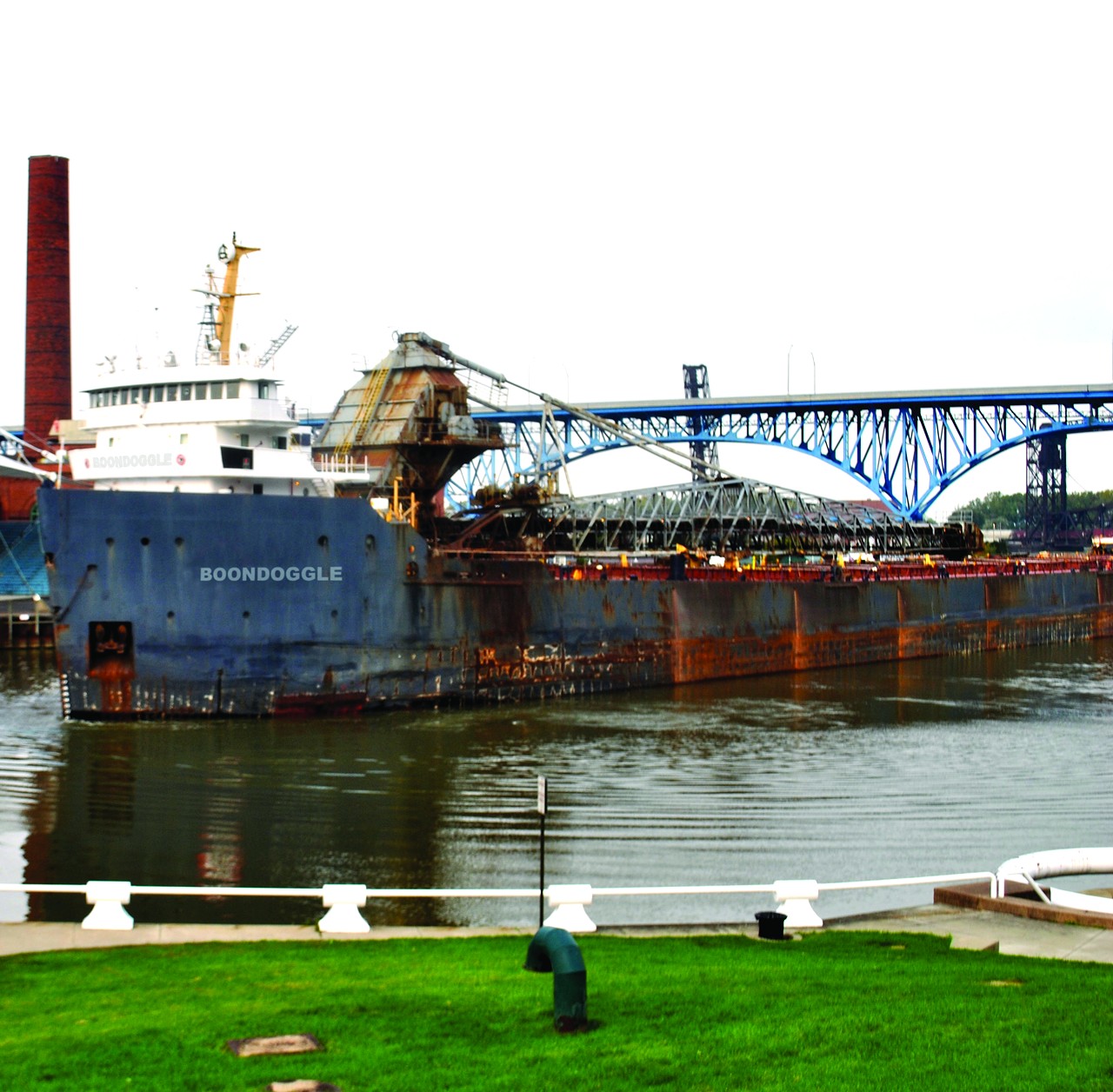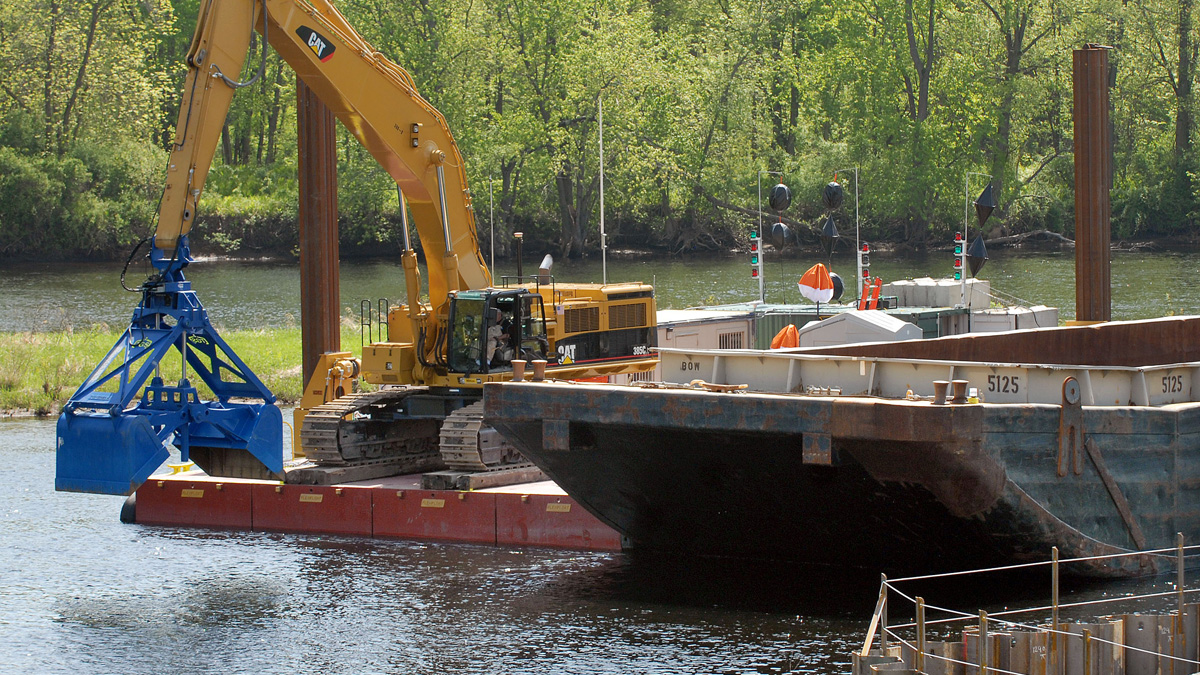

Attempts to limit resuspension or to meet the Residual Standard inhibited productivity. For example, attempts to achieve the Productivity Standard led to exceedances in the Resuspension Standard. Despite the use of the best available dredging technology, daily oversight by regulatory agencies, and multiple modifications in the dredging process, the standards could not be met consistently and simultaneously because they are in conflict with one another. It required that dredging meet these standards consistently and simultaneously. In 2004, EPA established engineering performance standards to govern the project. In its report and presentation to the peer reviewers, GE's goal is to improve the second phase of the dredging project so that it achieves the environmental goals EPA has forecast.

GE's evaluation is based on its analysis of more than 18,000 air, water and sediment samples that were collected during and after dredging. Both EPA and GE prepared evaluations of the project for submission to the peer review. The agreement between EPA and GE under which the project is being conducted required that the results of Phase 1 be evaluated by an independent peer review panel. Environmental Protection Agency, New York State and the U.S. Dredging was conducted 24 hours a day, six days a week and was overseen by the U.S. SARATOGA SPRINGS, NY ()(readMedia)- GE conducted the first phase of the Upper Hudson River Dredging Project between May 15 and December 4, 2009.


 0 kommentar(er)
0 kommentar(er)
